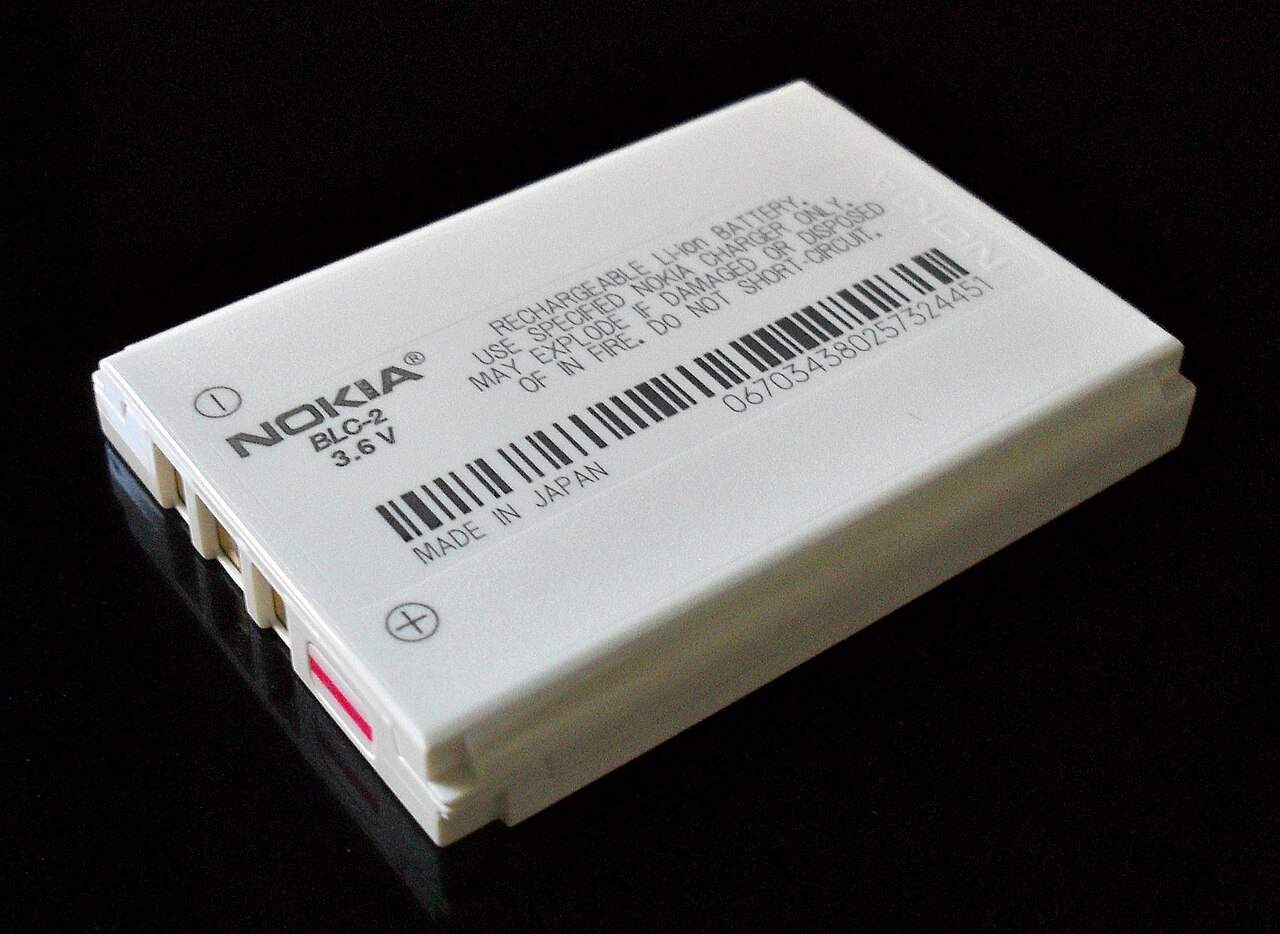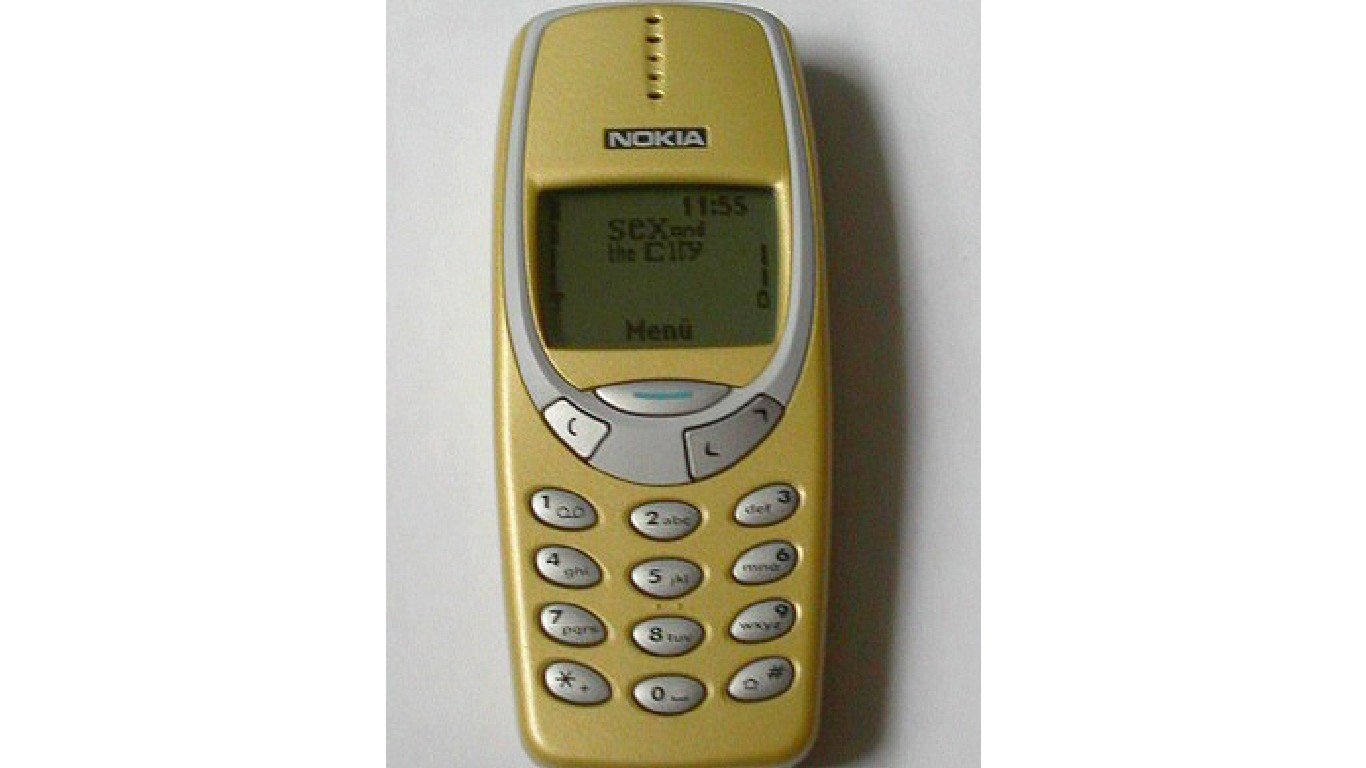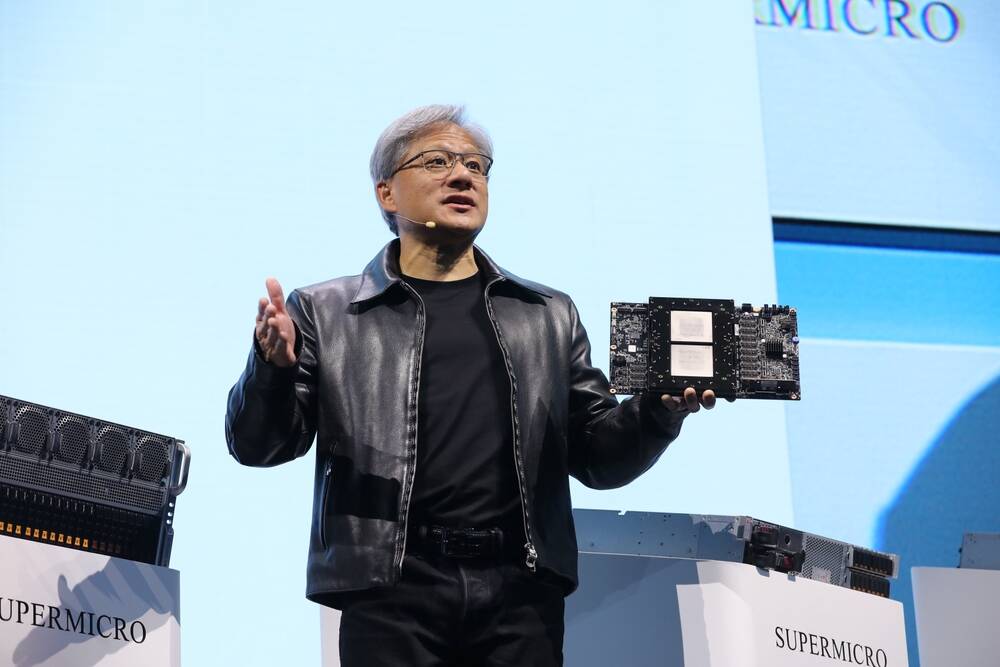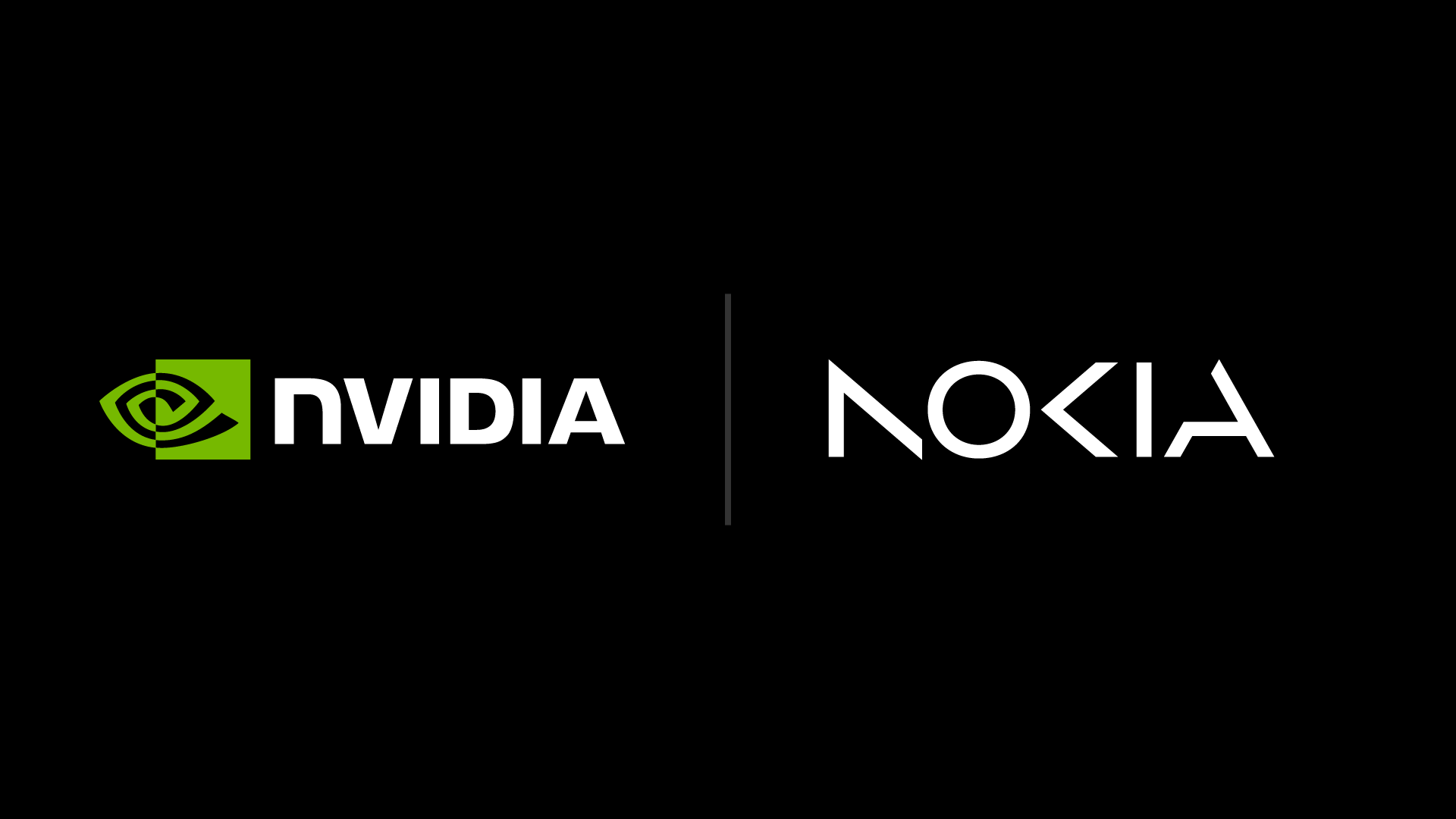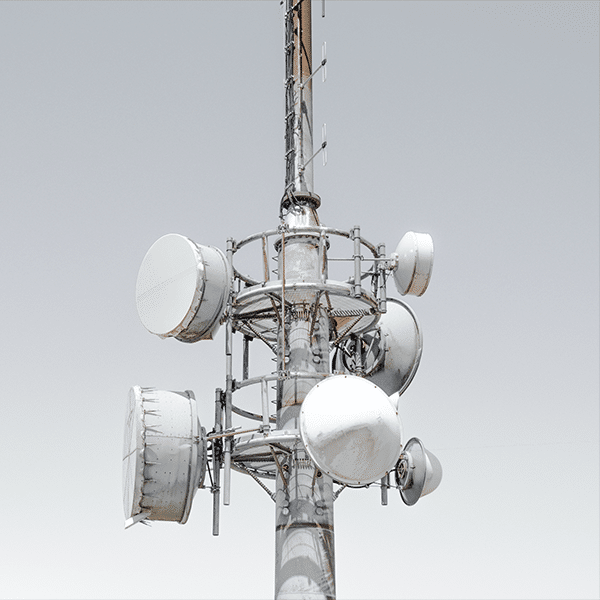#6g
#6g
[ follow ]
#nokia #ai #5g #telecommunications #ai-ran #nvidia #spectrum-demand #5g-advanced #edge-ai #verizon #wireless-networks
fromComputerWeekly.com
1 month agoNTT Docomo claims successful outdoor 6G AI-driven interface trial | Computer Weekly
Just a year after NTT Docomo concluded a test with radio waves in the 4.8GHz wireless band, which found that indoor 6G communication speeds can be improved up to 18% compared with conventional methods, the firm has "successfully conducted the world's first" outdoor demonstration using real-time transceiver systems with AI-powered wireless technology for 6G. The operator has already been at the forefront of a string of developments moving towards the
Gadgets
Tech industry
fromComputerWeekly.com
1 month agoNokia Bell Labs and KDDI team to research 6G energy efficiency | Computer Weekly
KDDI and Nokia Bell Labs will research energy-efficient mMIMO and distributed programmable 6G core services to improve network resilience and reduce base station energy usage.
Artificial intelligence
fromComputerWeekly.com
1 month agoNokia, Rohde & Schwarz collaborate on AI-powered 6G receiver | Computer Weekly
AI-powered 6G receiver technology can extend uplink coverage by 10–25%, improving throughput and power efficiency and enabling 6G rollout over existing 5G footprints.
from24/7 Wall St.
2 months agoThis Underrated AI Stock is Readying Up for a 6G Boom
Qualcomm ( NASDAQ:QCOM) stands out as one of the lesser-appreciated semiconductor names as the AI revolution continues to play out, while other emerging tech trends also start to gain traction among growth and momentum-focused investors. Indeed, the AI race and the road towards AGI (or artificial general intelligence) seems to be on, with many hyperscalers signing deals or taking stakes in the great OpenAI, the firm that kicked off the AI boom when it unleashed ChatGPT to the world.
Tech industry
from3blmedia
5 months ago6G Foundry: Securing the Future of Mobile Connectivity
As we look ahead to the next decade of mobile connectivity, now is a good time to consider how security needs could evolve: Advancements in connectivity, compute and AI bring unprecedented opportunities, but they also demand robust security measures to protect our digital future.
Mobile UX
fromComputerWeekly.com
8 months agoETSI highlights integrated sensing, communication 6G use cases | Computer Weekly
ETSI has published an analysis of advanced integrated sensing and communication (ISAC) use cases, laying foundational groundwork for the anticipated deployment of 6G systems.
Information security
[ Load more ]
